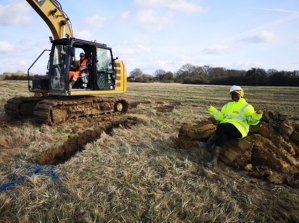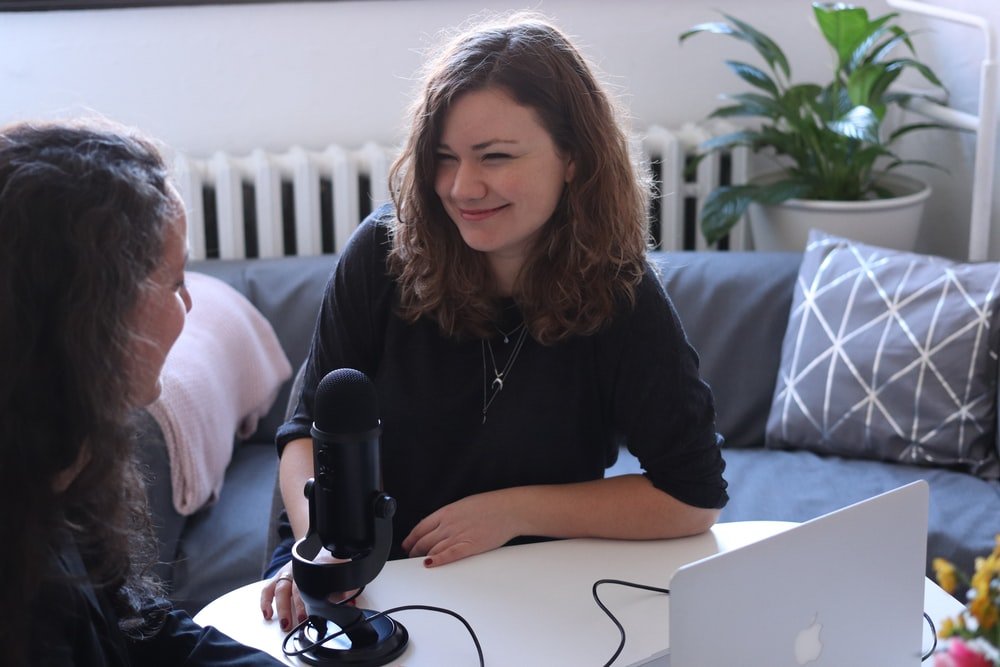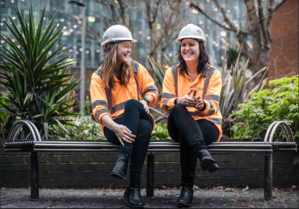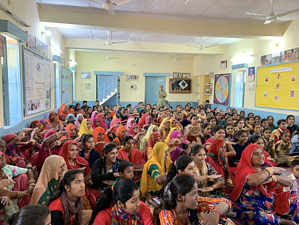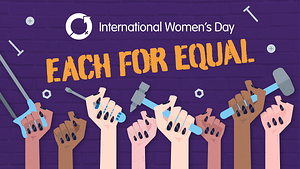In recent years, there has been much horizon scanning and trend speculation about how the digital revolution will change the construction industry. How will the internet of things change the way we 'do' construction? How will data availability create opportunities for new business models? How will fast and free connectivity change the way we work?
These are only some of the questions raised at the numerous conferences, conventions, and canteens that have been held across the UK. This move towards a new digital work paradigm has been considered an inevitable shift. But it’s not whether the industry will be digitised that challenges our thinking and fuels the endless speculation, it’s the implementation - the due diligence, change strategies, best practice solutions and skills development.
Until now.
As Lenin said:
"There are decades where nothing happens; and there are weeks where decades happen."
In the current COVID-19 crisis, those conversations of recent years have rapidly become a reality. The venue for Digital Construction Week 2019 is now an emergency hospital. Who could have predicted that?
Seemingly overnight, the construction industry has mobilised its workforce out of the office, off sites and into digital space. Architects are designing from their kitchen tables and engineers are processing calculations whilst simultaneously home schooling their kids.
Project teams are collaborating via an array of online spaces from MS Teams to Slack to Zoom to WhatsApp. Within days, organisations have lost that opportunity to stargaze into the industry’s digital future, their hands compelled to take action and manage operational teams online. That 'grand project' of industry digitalisation has taken form in the present. Organisations have embraced change, reset their priorities, and rapidly up-skilled their workforce, rethinking team communication by making meaningful use of the digital tools that were already there.
This gives us much to celebrate.
We have turned a crisis into a success story. Within weeks, we have taken the technological resources we already had to create an industry that can be more resilient in the future.
But it’s worth taking a moment to reflect on this sudden shift in working methods. Traditionalists might argue that face to face working is always better, and that remote working is only ever a second rate mode of collaboration. Others might argue the converse - that the industry’s predication towards presenteeism isn’t helpful and a barrier to inclusivity, especially in relation to women with caring responsibilities.
We need to think not just about how we exchange information now we’re working remotely, but also how we can foster a positive collaborative culture in that environment.
Last year, before I’d ever heard the term ‘social distancing,’ I asked those same questions. If the industry operates disparately in digital space, how can we maintain the social cultures that promote the benefits of collaborative relationships, such as collective creativity, interdisciplinary innovation, or shared visions and values?
To answer this, I compared three BIM project teams during the design stages. I examined their communication in face-to-face, traditional design team meetings, conference calls, and also on online forums, such as Slack. Rather than just examining how they shared and exchanged basic data or information, I looked at their social exchange. This is because it’s the social cues that generate team dynamics – those verbal, gestural, or expressive means by which individuals convey their acceptance, support or dismissal of ideas and values within a group. So, I looked at how these social cues were exchanged – how many and between which team members? I then conducted some Social Network Analysis (SNA) to find out which individuals were central to the group and which were peripheral or excluded. The analysis also identified where subgroups and alliances existed in the team, and who was most dominant.
Between the online and offline communication media, there were a number of surprising differences. The online environment showed very different patterns of collaboration to the face to face environment. It was very clear that the face-to-face environment was a hierarchical one. Collaborative relationships were usually dominated by one or two senior level individuals, with others interacting when appropriate. This contrasted to the online environment which was much more democratic, with more junior individuals having more of a voice and senior level members less likely to take a dominant role.
Perhaps it’s hardly surprising, then, that senior level team members tend to prefer the tradition of face to face meeting.
But let’s look at how projects develop in those two environments. In the democratic, online environment, team members were really effective at problem solving at a detailed level and focussing on specific task-related activities. There was real-time collaboration going on here, where experimentation could take place and project-based innovation could be developed. This wasn’t the case in the more hierarchical environment of the face-to-face meeting. In face-to-face collaboration, a different kind of interaction took place. There was much more discussion of how the team valued or prioritised certain aspects of the project, such as sustainability or risk or innovation. Here was where the team shared its vision and positioned themselves in the wider context of the construction industry. There was very little active design going on in these meetings, but the benchmarks and aspirations were normatively produced by the group. These were then used to inform those detailed discussions in later online interactions.
So, why did the digital and physical interactions vary so much?
The answer is visual. Much of our social information is conveyed, not through our words, but through visual cues. In the professional environment, we convey our thoughts and responses that will shape the design process and decision making through gestures (e.g. shrugs) or facial expressions. A small, almost imperceptible turn at the corner of the mouth can indicate to a colleague that we are sceptical of their idea, which can influence them to retract it. As groups send and receive these visual cues, then a dynamic set of values, priorities and ideas develop, almost subconsciously.
So, which is better – online or face-to-face working? Both. But they have different purposes. You should, therefore, always consider the purpose of your interactions. What is it do you need to achieve? If you wish to simply solve some detailed elements of your scheme, then I would recommend that this is done in digital space. There is not much value in incurring expenses to bring your team together physically for this. However, if you need to work on group norms, shared expectations or develop a strategic approach and group intention, then I would suggest that a face to face meeting is absolutely required.
Obviously, collaborative relationships in lockdown don’t allow for this flexibility. As we now operate in the digital environments that COVID-19 has hurried us into, it’s worth considering how you will create and maintain the right kind of interactions in your team. How will you foster the collaborative relationships whilst working online? How will you direct and receive those vital visual cues necessary for the team dynamics that will drive creativity and success? It is really important that we continue to nurture the social side of collaboration, even when we’re socially distant.
Here are a few tips:
- Where possible, make sure the video is switched on in your meetings, even if only for that part where you are developing vision or trying to stimulate ideas beyond the 'business as usual.'
- You don’t need to schedule a video call if you’re going to be focussing on the detail – perhaps instead, create a live chat event in MS Teams or Slack.
- Allow time in online meetings for informal talk, as well as task based discussion – this is where the magic happens. It allows team members to understand each other’s motivations and perspectives, so that shared visions, openness, and trust can develop.
The right way to manage your socially distant, collaborative team will depend on the project, the personalities, the objectives and many other factors. You can get further support for managing your project teams from www.colabnetwork.co.uk.
And in the meantime...stay home.
But stay connected.
About the Author
Dr. Jenni Barrett is Director of coLAB, a consultancy specialising in training and research for the construction industry. She is also Senior Lecturer and researcher at the University of Central Lancashire (UCLan). Her industry experience and research relating to the social psychology of digital and traditional collaboration in construction teams, underpins coLAB’s evidence-based training programmes, which support organisations in embedding the skills needed to create inclusive, digital project teams and workplaces. Jenni is member of the Institute for Research into Organisations, Work, and Employment (iROWE) at UCLan and core team member of the Women In BIM network.
Get involved with our Women in Construction Webinar Series - they're all free to attend, hosted by experts in their fields, and cover topics that are especially relevant today!
Keep up to date with the latest insights on our social channels:
Twitter: @WICSeries
LinkedIn Women in Construction Summit
Facebook @WomenInConstructionWorldSeries
Instagram @WomenInConstructionWorldSeries
#WinConstruction









